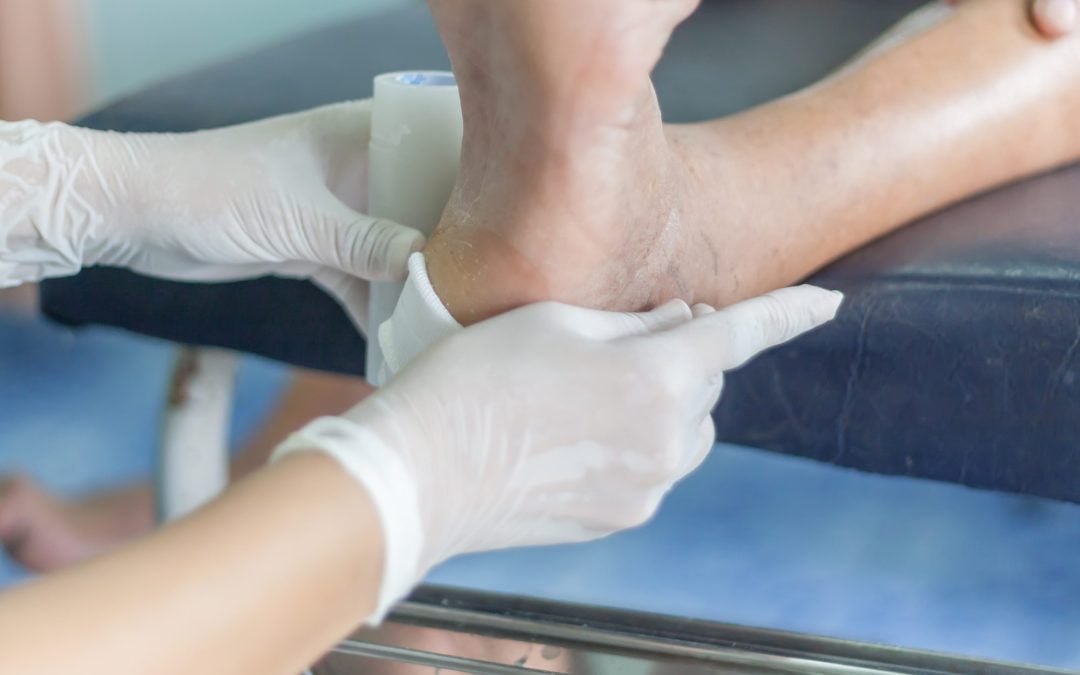by admin | Dec 23, 2025 | Articles
Wound care programs face a familiar tension: how to maintain financial viability while delivering the quality care your patients need. Reimbursement pressures continue. Operating costs rise. Yet the patients depending on your program require the same level of...

by admin | Nov 13, 2025 | Articles
Starting January 1, 2026, CMS will reclassify skin substitutes from biologicals to “incident to supplies,” a seemingly technical shift that will upend reimbursement for wound care providers nationwide. The policy shift brings with it some brutal...

by admin | Sep 4, 2025 | Articles
Hospital administrators face a dual challenge in wound care: providing exceptional patient outcomes while maintaining financial viability. Revenue cycle management becomes particularly complex with wound care services due to varying payer requirements, detailed...

by admin | Sep 4, 2025 | Articles
Hospitals face mounting pressure to reduce costs while maintaining high-quality patient care. One emerging strategy involves the strategic transition of appropriate wound care cases from inpatient to outpatient settings. Inpatient wound care typically extends hospital...

by admin | Aug 14, 2025 | Articles
Quality control in wound care has traditionally relied on manual processes, subjective assessments, and fragmented communication systems that leave room for inconsistency and error. Such conventional approaches often result in treatment variations between providers,...

by admin | Aug 14, 2025 | Articles
Data analytics has reshaped how outpatient wound care programs approach quality control and patient outcomes. While traditional wound care has always relied heavily on clinical intuition and experience, leaders in today’s programs are discovering that objective...





Recent Comments